Examples from manufacturers abound: Norica, Mendoza, Webley . . . they have all marketed at some point in time two caliber rifles.
MOST of the time, these experiments have been accomplished by a simple change of barrel, either changing the inside liner of the barrel, or by actually unscrewing one barrel from the block and attaching another.
When a VERY good friend of mine started to think about shooting FT with his hunting rifle (one of those in the "K Premium" run of Diana 34's), the challenge was impossible to let go by without an earnest and serious try.
¿What is the difference between that and what we in American terms label a "Carbine" (also with a "K" in German)? Basically the power output.
Carbines are usually chambered to smaller / lighter cartridges. For example, when the US Army decided to settle on the Trapdoor conversion of all the muskets to fire the 0.45"-70-405 (commonly known as the 45-70), it also issued shortened carbines to cavalry. But the full power 45-70 loads proved disastrously inaccurate for the horsemen, so they opted for a reduced charge in those "cavalry" loads/cartridges. The move did little to save George A. Custer, but that is a different story.
When Italy decided to go to smokeless powder for the Alpine fighting they thought would be the majority of their self-defense they settled on the 6.5 Carcano, also a carbine with reduced power over the other available 7, 8, and 9 mm's cartridges of their time. Reduced power but increased mobility. Made a lot of sense for an Alpine self-defense strategy.
In our own history, when a few officers in WWII demonstrated total inability to defend themselves with the 0.45" ACP. especially when trying to shoot at a distance, the Army came up with the 0.30" cal. M1 carbine. Small cartridge, easily carried, low recoil, designed to replace, in reality, a handgun.
In that sense it performed well. When it was misunderstood and taken as substitute for a rifle, all sorts of bad things happened. It still set the level of tolerable recoil in full-auto aimed fire for the next generation of military hardware and ¿what did we come up with? The M15 carbine and it's multiple variants.
On the "kurz" side, there is nothing underpowered about a Mauser '98 K. It can fire the same cartridge as the standard sized action. Sure, with time and ingenuity, most K actions ended up being set in sporter rifles for short cartridges, like the 0.308" Win. (later the 7.62X51 NATO), the 0.284" and others that boasted the same performance as the 0.30"-'06 Spgfd in a shorter case.
Well, basically that spring-piston airguns can develop their full power in barrrels as short as 10". So there is nothing underpowered about a short-barrelled spring-piston airgun. PCP's will loose energy in shorter barrels, but not Spring-Piston airguns.
The result of the exercise was to aim for rifles that could develop around 15 ft-lbs in 0.20" cal from a short, handy, barrel configuration.
Most of the rifles ended up wearing a muzzle weight. Balance is important in a gun that is designed to come up like a shotgun, straight to the aiming line into the target. The stock was still full-sized and the action was also full-sized, but the barrel had been trimmed. Balance needed to be restored.
So it went from this:
While discussing in detail the rifle that this very good friend of mine wanted, he mentioned a few things that were intriguing:
- A shrouded barrel so as to shoot in the backyard without bothering anyone.
- A thicker "handle" so as to reduce the FELT cocking effort.
That started a rather long process of tests and changes, prototypes and samples that after a long trial period ended up with a few interesting conclusions:
1.- Shrouding a 0.20" cal. Match Crowned barrel is neither useful, nor intelligent. Shrouds, to do their work correctly require an 11º crown. And a 0.20" cal. at 15 ft-lbs is not overly noisy anyway.
2.- The reflex architecture of the shroud (¿Why add length to a project that started on the premise of reducing length by NOT using a reflex architecture?) demanded almost complete hermeticity between barrel and shroud, and that would have demanded filing off almost completely the front sight dovetail.
So, after consultation with my friend, I settled on the idea of requesting an 0.177" cal. barrel without front sight dovetail, so that the fit between shroud and barrel was good enough to make it useful.
NOW, a 0.177" cal. airgun IS one that you can use a LOT. FT shooting demands at least 50 to 100 shots per week just to keep certain level of proficiency. And it is no fun trying to shoot a gun that requires 35-40 lbs. cocking effort 50 times in row. Besides, pellets fly most accurately at between 800 and 900 fps Muzzle Velocity.
Again, after many trials and tests we settled on a barrel that was particularly efficient (if pellet finicky) in 0.177" cal. using the JSB Express pellet. A relative lightweight that has a very good BC and that can absorb rather interesting MV's without disturbing the BC too much and being accurate. Now, THAT was a barrel that deserved shrouding!
To improve the smoothness of the shot cycle a dual-guide spring kit was used and modified so as to provide good power with the relatively low linear piston speed that is inherent to all 0.177" cal. rifles. And once the whole thing was tuned, this was the result:
In the end, we (or at least MOST of us, LOL!) buy a gun for the way it shoots, not so much for the way it looks, so, ¿how does this gun shoot in the "FT Mode"?
Like this:
Hmmmm . . . . so far so good, but what would happen when we changed the barrels?
You can see what happened in the right hand group, also typical. NOT bad at all from the accuracy side, but is this truly a "hunting" airgun? not really. It may be in the UK, but not in the US. So the powerplants needed changing as well. Not only the barrels, but the powerplants as well.
Problem is: Airguns have no gearboxes. So, we needed to change the engines.
Changing the engines also implied doing something about the FELT cocking force, but since no more weight than absolutely necessary was wanted, we ended up with a hollow sleeve that would protect the front sight dovetail slots.
In diameter there are 0.014" between the diameter needed to slide over the dovetails and the diameter of the barrel itself. We needed some "filler" material. Something that would let the parts slide in, then would NOT compress, and then would let the parts slide out.
Again almost too many trials and tests showed that we needed something Teflon, and we ended up commissioning a special Teflon tape.
To insert, or extract the sleeve, you need a "bayonet" action, where the front sight dovetails enter the rear band, then you need to turn the sleeve and align the dovetails with the cut in the sleeve to settle it into final place.
This is what you see from the front:
The Teflon shim is sticky, so it glues itself to the sleeve.
And this is how the whole gun looks:
All pellets in these tests have been lubed.
The 0.20" cal. barrel gives us better downrange performance and terminal ballistics, especially from quality hunting pellets like the ones used for testing. All in a short, maneuverable package that should be equally at home in the mountains or the woods. Good rabbit and squirrel medicine.
I would have liked to test the gun in this "hunting" config. with some other pellets: H&N's Barracuda, H&N's FTT Power and others but, time had already been too long and this gun, like a good son that graduates from University, needs to go, find its OWN way and start a new life of its own.
;-)
Shoot straight!
HM


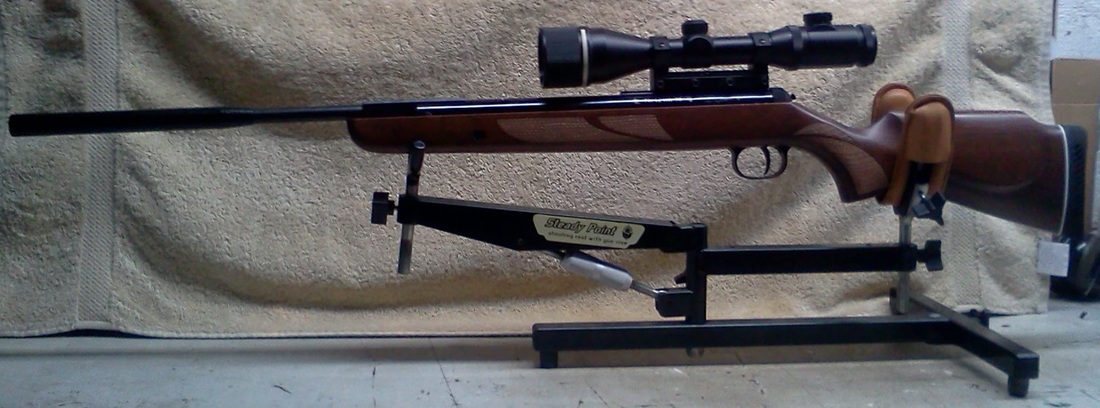
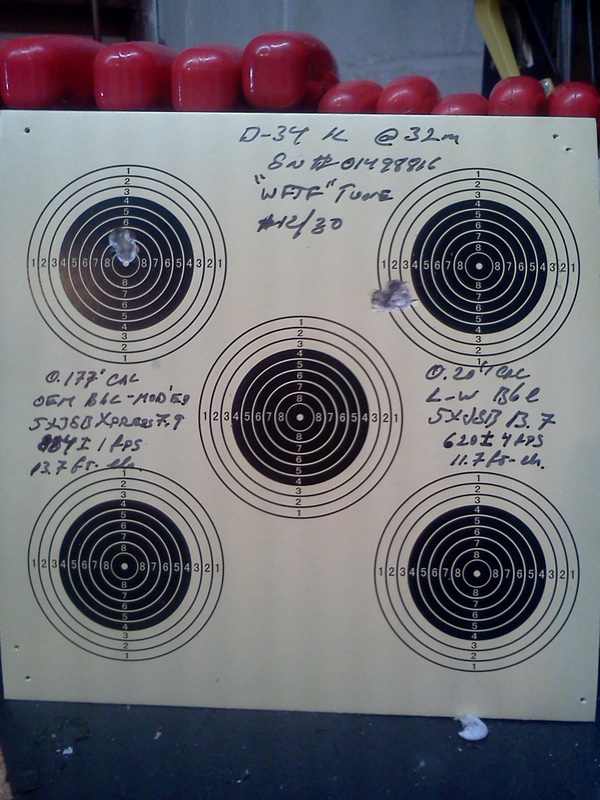
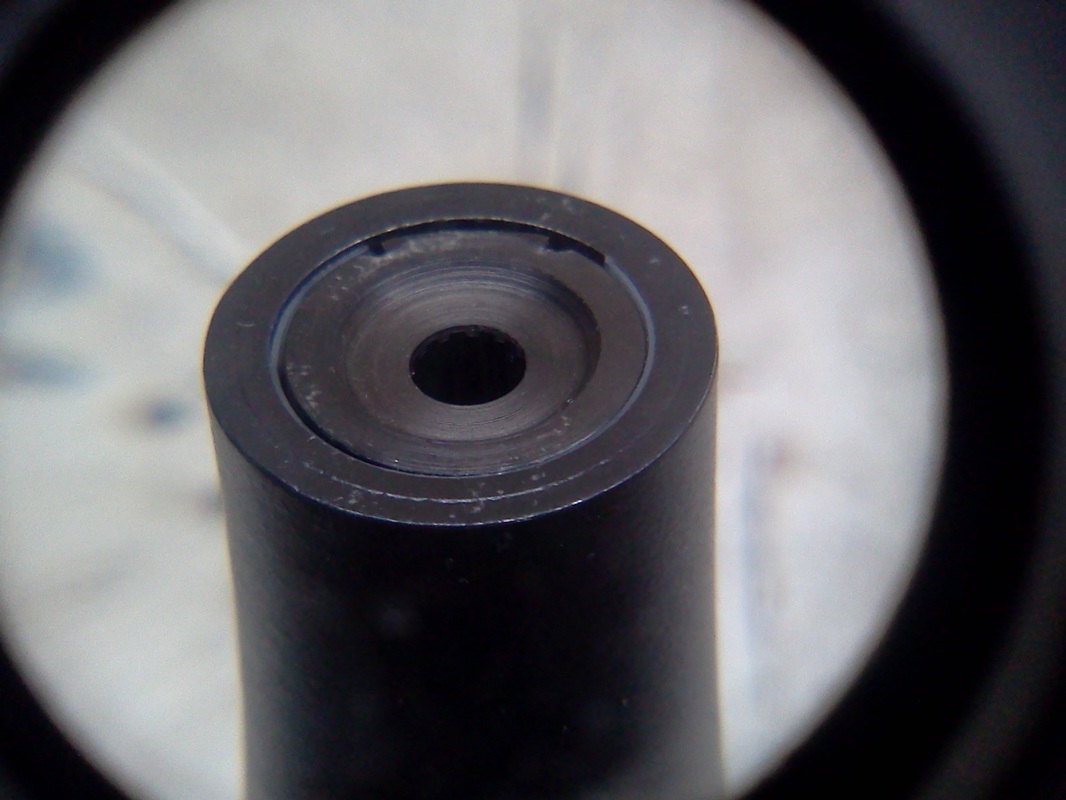

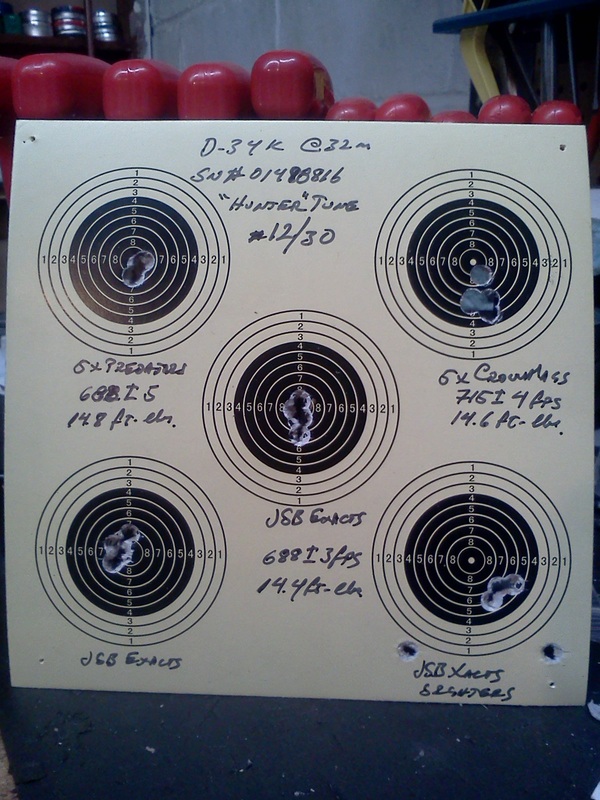
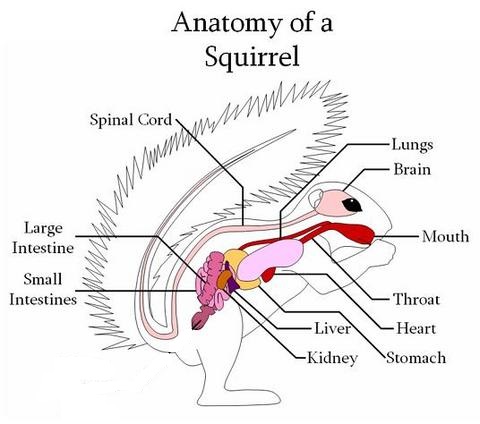
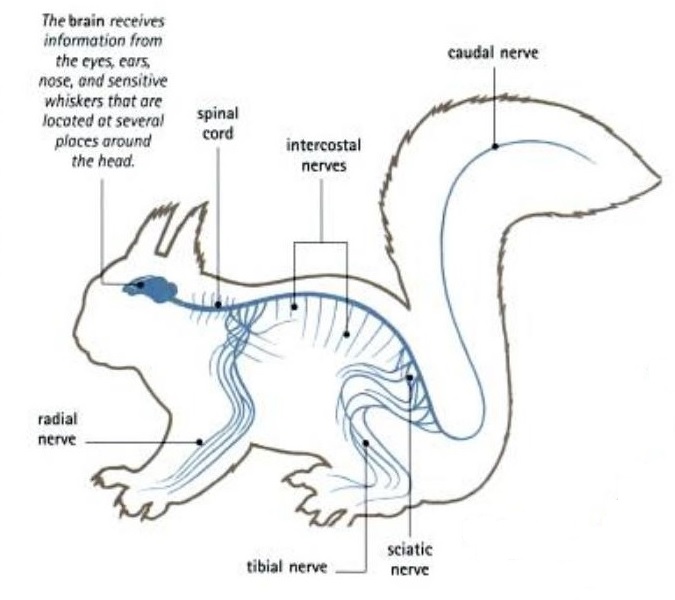
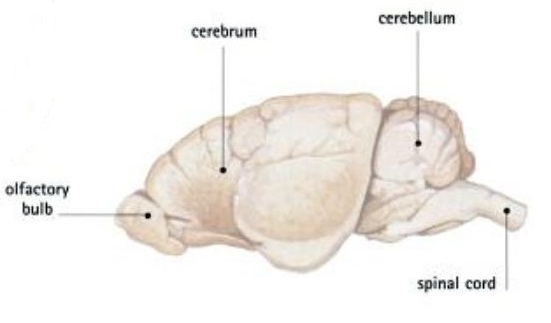
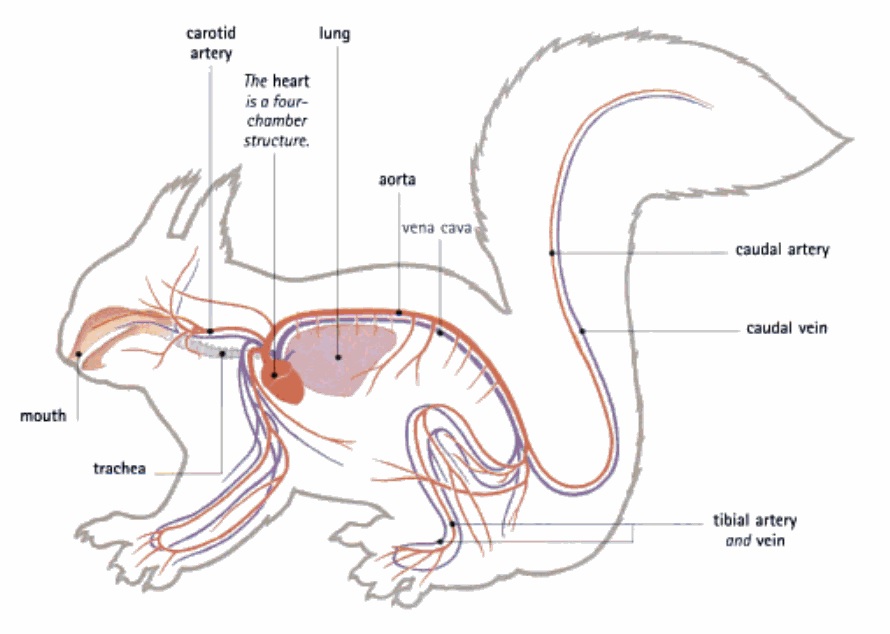
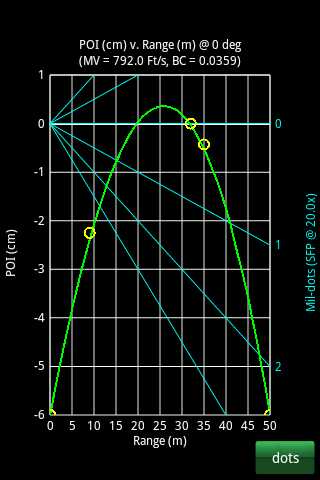
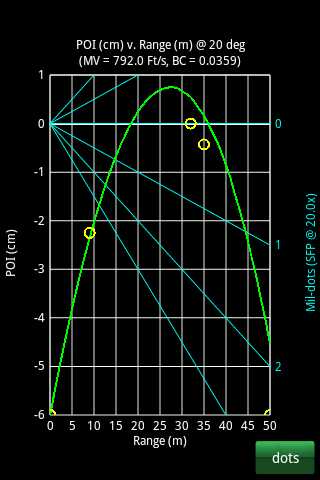
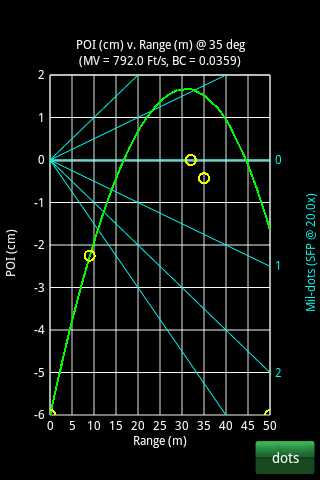
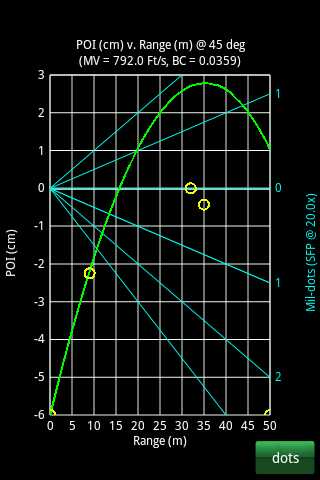
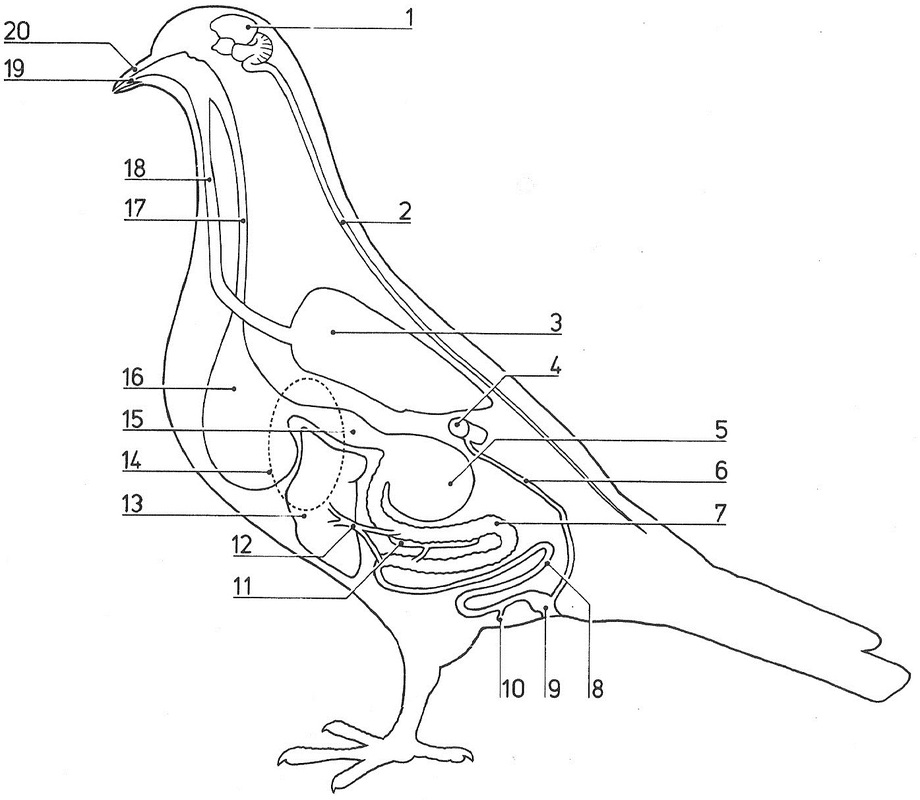
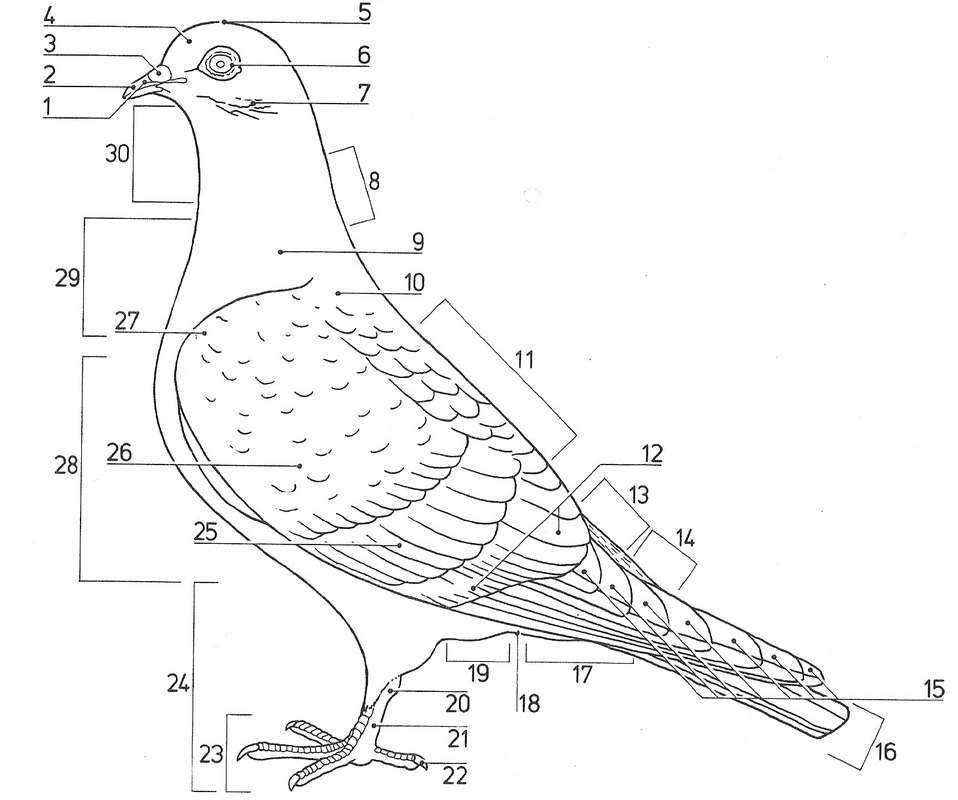
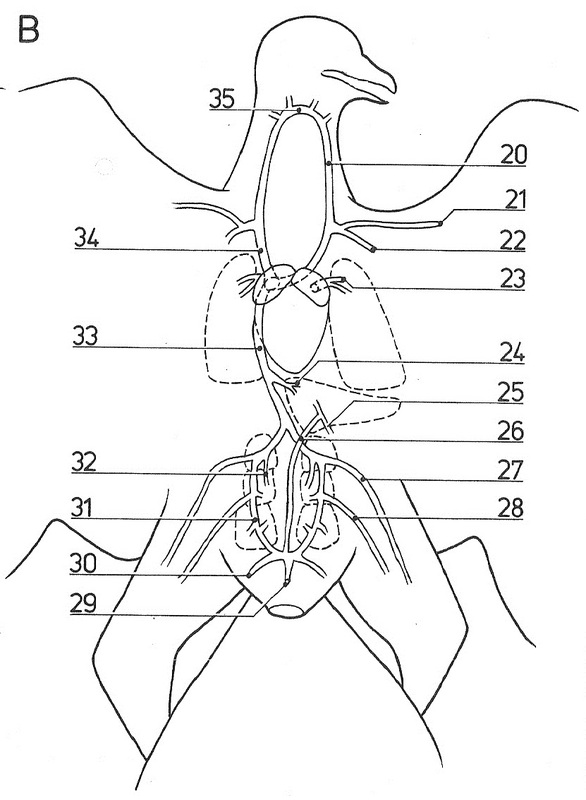
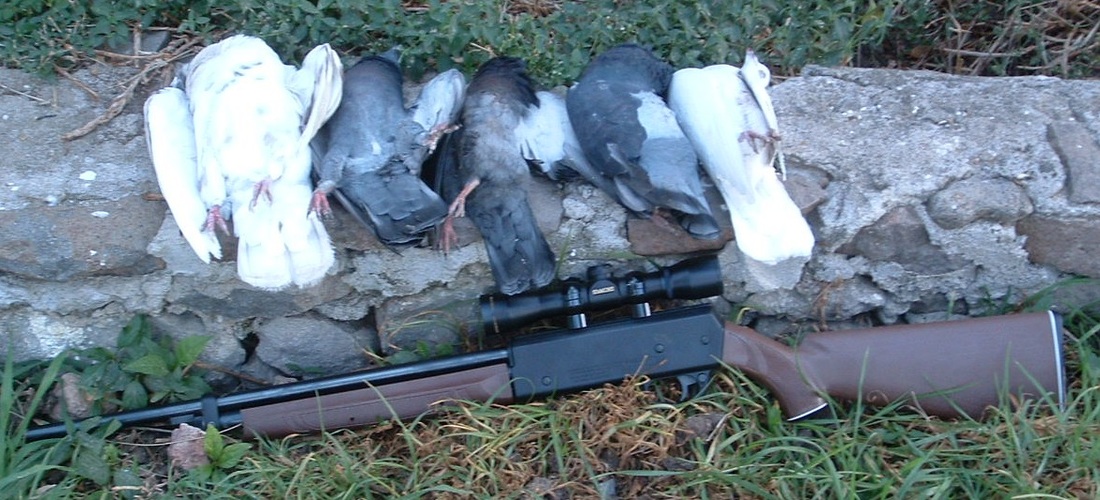
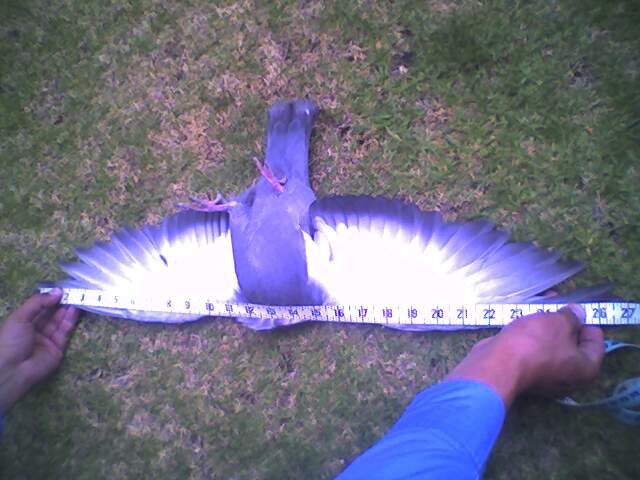
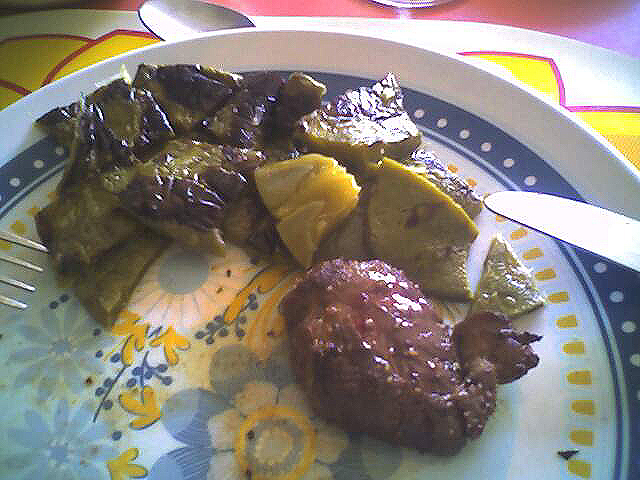
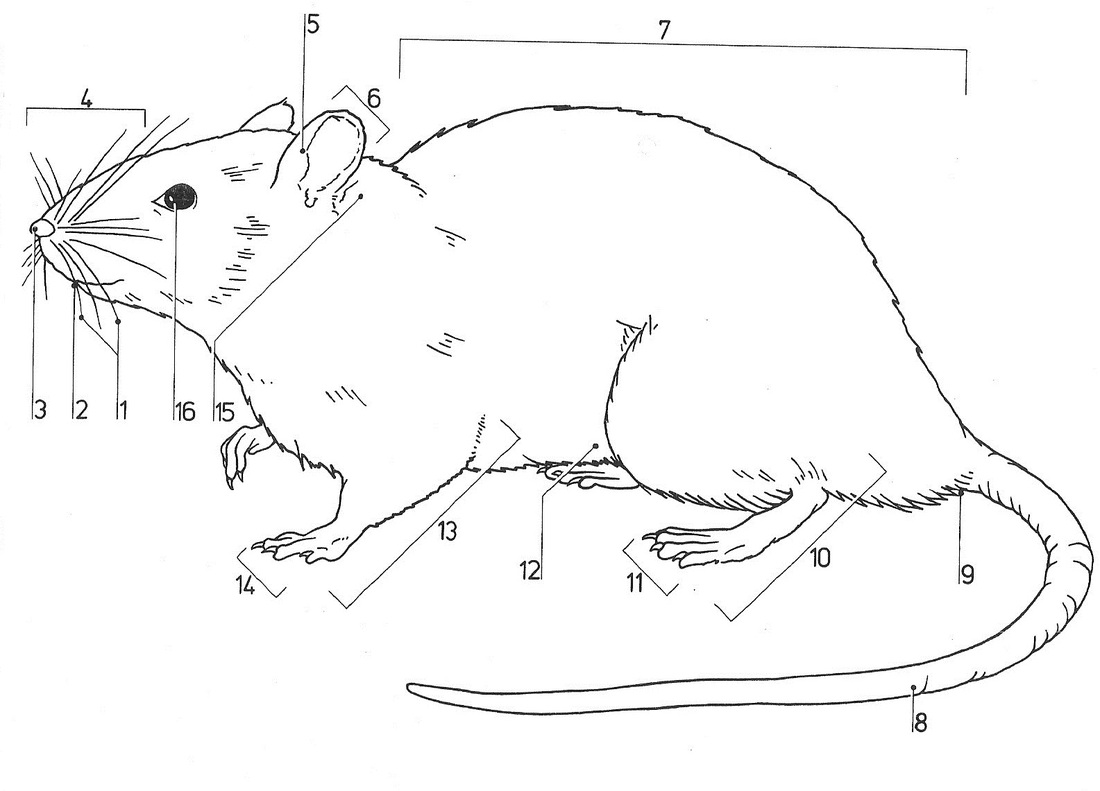
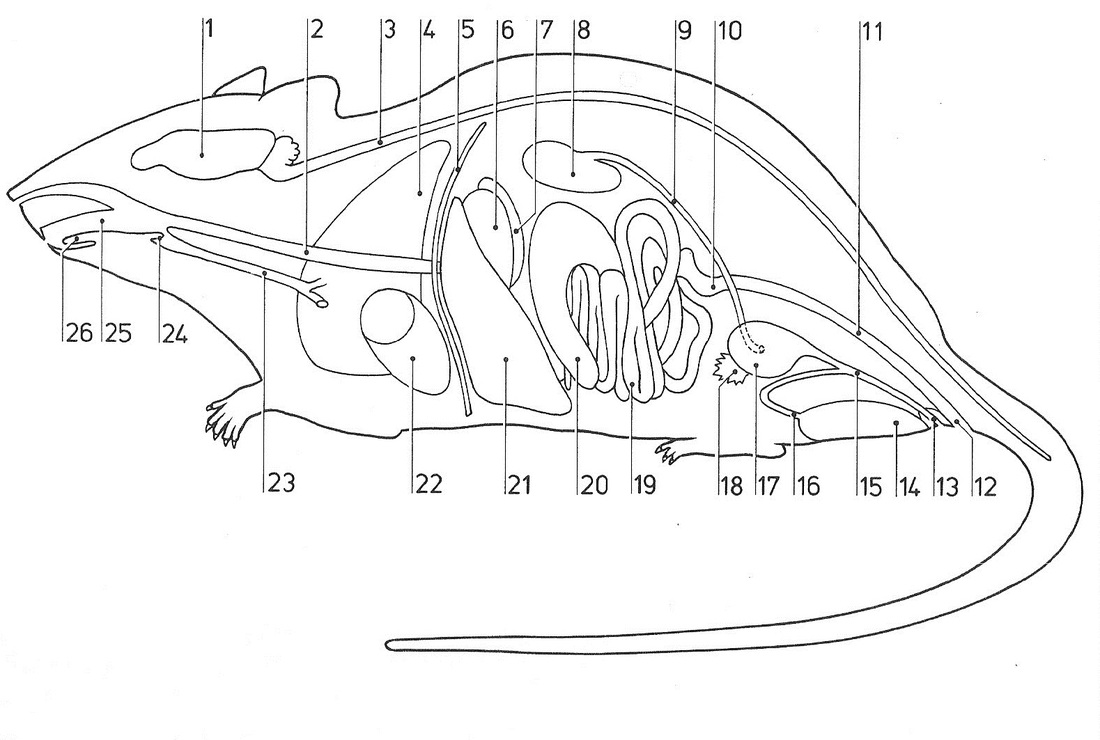
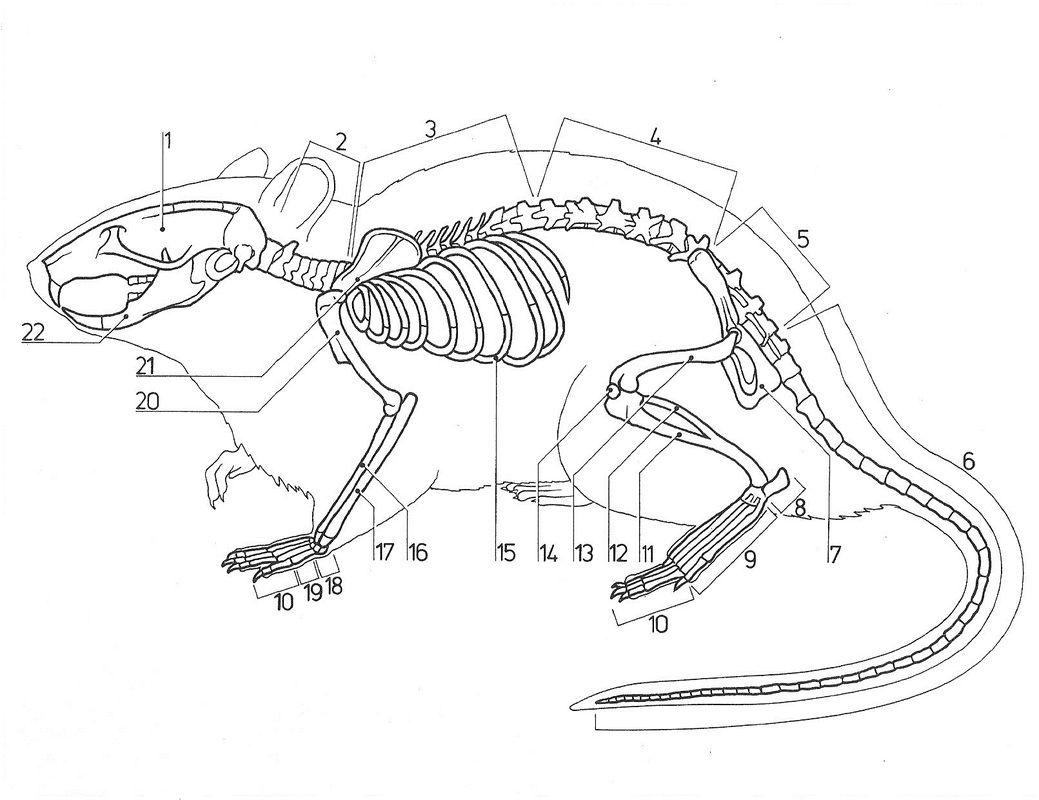
 RSS Feed
RSS Feed